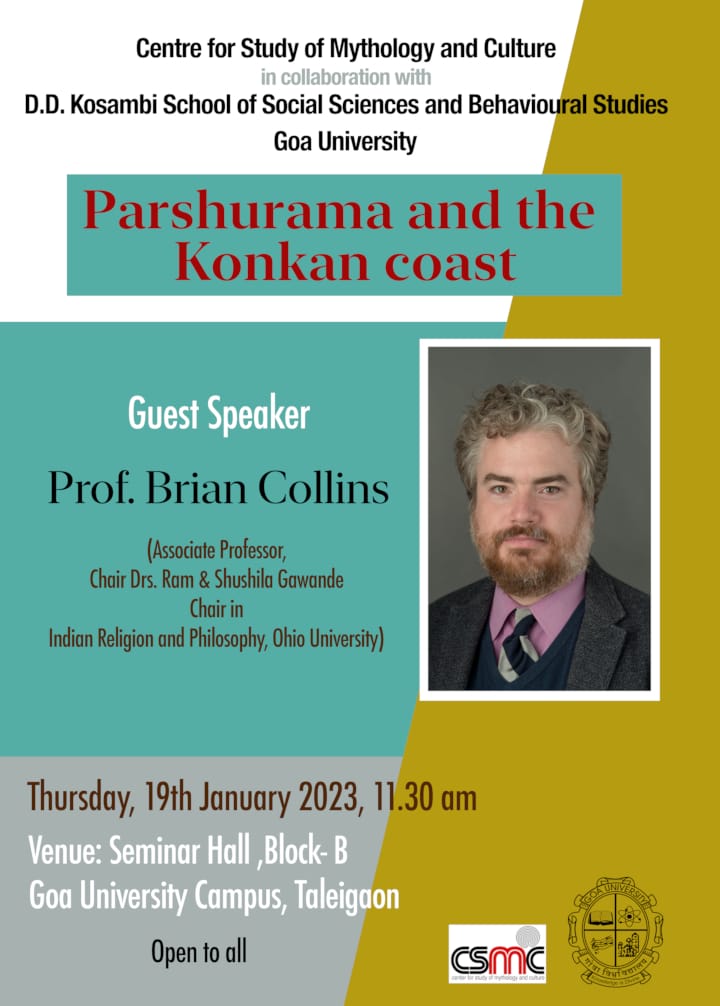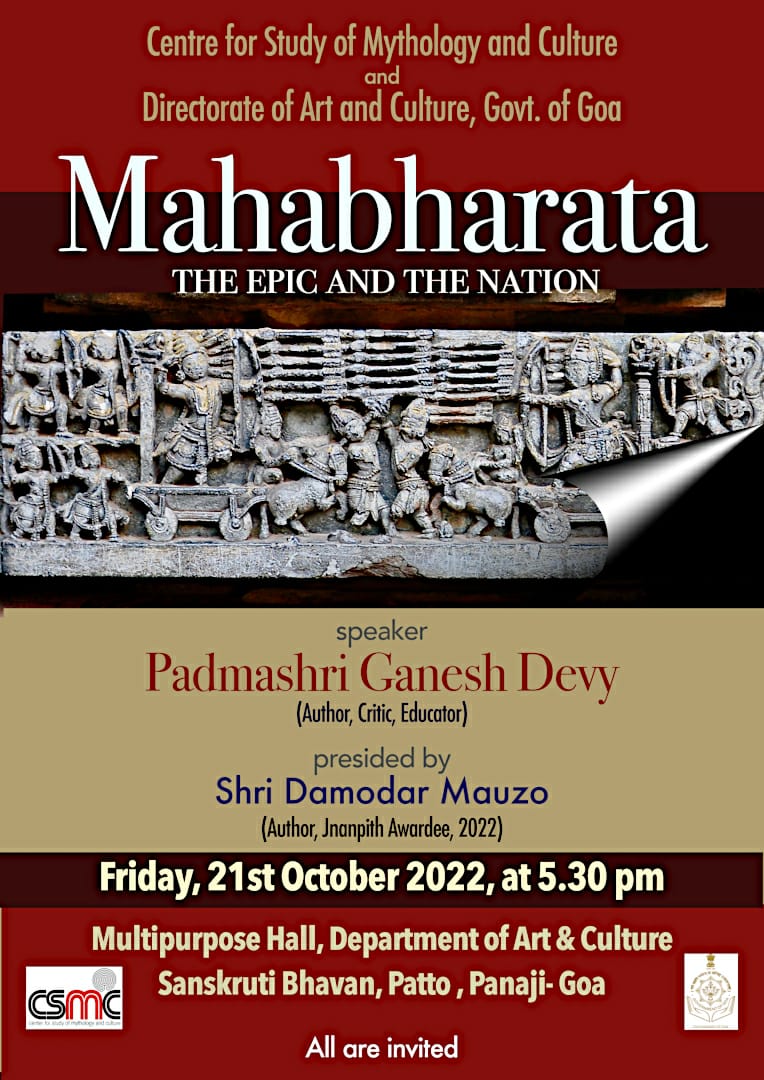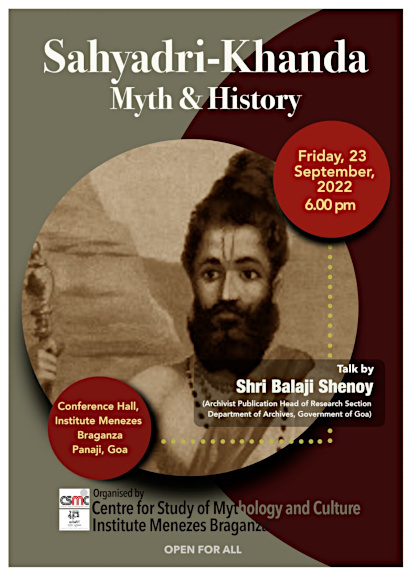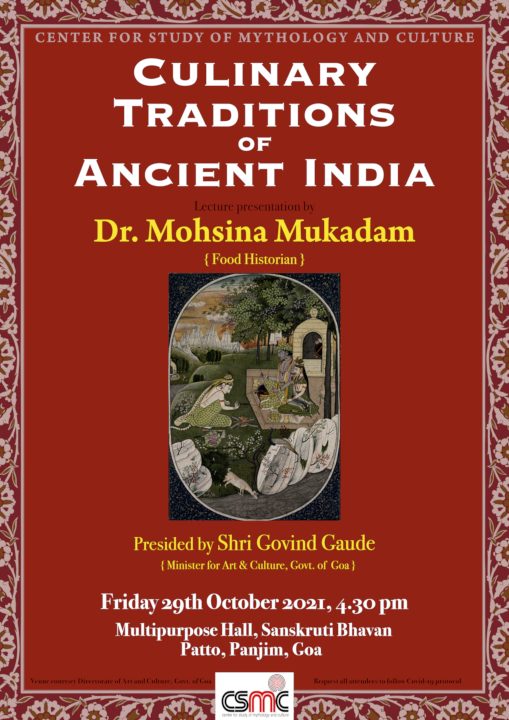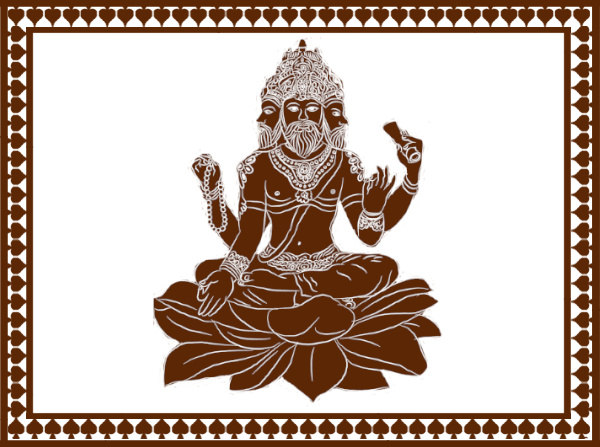
One of the striking feature of Indian gods and goddesses is their multiple heads. It is not just gods but demons and animals too are represented with multiple heads. Divine creatures having multiple heads is a significant feature of Vedic mythology which has been carried on later into the Puranas . In Vedic mythology, Agni has four heads, Parjanya has three, Brihaspati has seven heads. Thus there are references to three heads, four heads, five heads and even sahahtra meaning numerous heads for certain divinities. Among the Puranic gods, Brahma is said to have four heads. Bhagavad Puranas suggest that while Vishnu lay in deep sleep on the serpent Ananta, a lotus stalk emerged out of his navel and bloomed giving birth to god Brahma. As soon as Brahma emerged into this world he looked around in four directions and manifested four heads, one for each direction. Brahma’s four heads represent the space or four direction or four cardinal points. However there are certain Puranic texts that suggest Brahma originally had five heads and not four. So, what is the mystery behind the fifth head of Brahma?
There are various versions of this tale that introduces the fifth head of Brahma.
Vaman Purana states in the beginning of creation Vishnu lay floating on the waters. First he created Brahma who had five heads. His next creation was Shiva, who too had five heads. Both the gods started quarrelling about their superiority and finally Shiva in a fit of anger chopped Brahma’s fifth head. According to Skanda Purana, as Brahma and Vishnu sat arguing about who is superior, a fiery column emerged out of nowhere seeming to have no beginning nor end and stretching into the skies , Vishnu and Brahma decided to find its origin and its end point. Brahma took the form of a swan and flew skywards to lookout for the head of the column. And Vishnu took the form of the boar and dived into deep waters. After a while they returned and Shiva asked them “Did you find its source?’ and Vishnu admitted that he could not find its source. But Brahma uttered a lie and said he had seen its end point. Shiva immediately chopped Brahma’s fifth head for uttering that lie. Yet in another context it is said the fifth head of Brahma gazed passionately at his own daughter therefore Shiva chopped off that head. It is also said, that all the four heads of Brahma recited four vedas, ie Rigveda, Yajurveda, Atharveda and Samveda each, while fifth head could recite all the Vedas and also the Itihasa. This ability of Brahma to assimilate and hold so much of knowledge worried the other gods who begged Shiva to contain Brahma’s powers. Thus Shiva clipped the fifth head of Brahma with his nail of left hand. In yet another instance it is said that while arguing over who is superior between Shiva and Brahma, all five heads of Brahma started abusing Shiva, and in anger Shiva cut Brahma’s fifth head.
Brahma Purana itself gives an interesting variation of this myth. Once a fierce battle broke out between Asuras and Devas. While Brahma stood amidst armies of Devas, his fifth head which was of a donkey, brayed loudly- ” O you Daityas, why do you run away? Why are you scared of Devas? I shall devour all the Devas for you in a moment”. Hearing this the other Gods got scared and approached Vishnu. He heard them out and then said ” If you cut the head of Brahma and if it falls on earth it would destroy the whole Earth. You need a god who could hold his head in hand without letting it fall on the earth.Only Shiva has the strength to fulfil such an act. Gods thus approached Shiva who promptly cut Brahma’s fifth head . But the severed head got stuck on his palm- and Shiva could not shake it off. It had turned into a skull. Shiva thus roamed earth as Kapalika, or the skull bearer. In another version it is said Bhairav cut off Brahma’s head.
All the versions of the tale concur on the common motif that Brahma’s fifth head had to be clipped off as it spoke inanities, and Shiva is the one who cut off the the fifth head of Brahma. While trying to understand the meaning of the myth, the act of cutting of Brahma’s fifth head cannot be taken literally. But it has to be understood within the context of the Vedic ritual tradition.
Story Collected by Vidya Kamat
Source: Puranic Myth and Culture by S. A. Dange
Location: Pan India
Image Copyright : Vidya Kamat







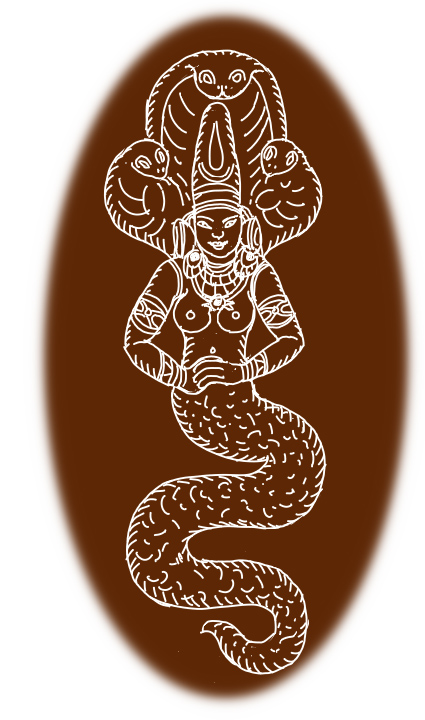 In many folk traditions in India the first creator is always the Mother- nature.
In many folk traditions in India the first creator is always the Mother- nature.